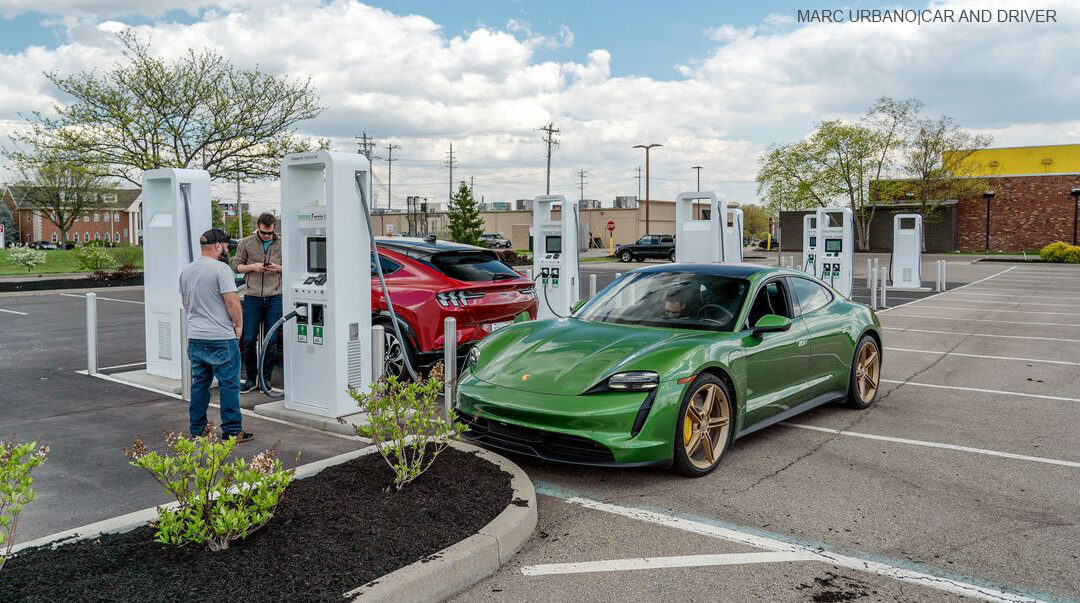A new study sheds some light on a main concern for EV drivers: What’s causing problems with dead public EV charging stations?
With electric vehicle sales continuing to rise in North America, the reliability of public charging networks has become a crucial issue—and a differentiator between Tesla and every other carmaker selling EVs.
Tesla has undoubtedly sold many EVs due to the near-bulletproof reliability and ease of use of its Supercharger network. Buyers of most other EVs must figure out their car’s less-than-seamless experience among multiple networks, requiring various forms of authentication, with variable pricing, and different user interfaces at each station.
The EVs Are Fine; It’s the Charging
“Mass consumers who have a lot of charging anxiety,” said Ford CEO Jim Farley. “They don’t have range anxiety; they have charging anxiety.” It only takes one or two friends, coworkers, or neighbors who arrive at a public charging station with an EV battery running low to find the station isn’t working—or won’t connect to their car—before new-car shoppers decide EVs are too risky.
Most public chargers work most of the time—but to get broad public adoption, EV charging has to be at least as reliable and pleasant as, say, gas stations. Not a very high bar, right? Today, electric vehicles are largely fine; it’s the charging networks that will make or break them. READ MORE
Source: www.caranddriver.com

